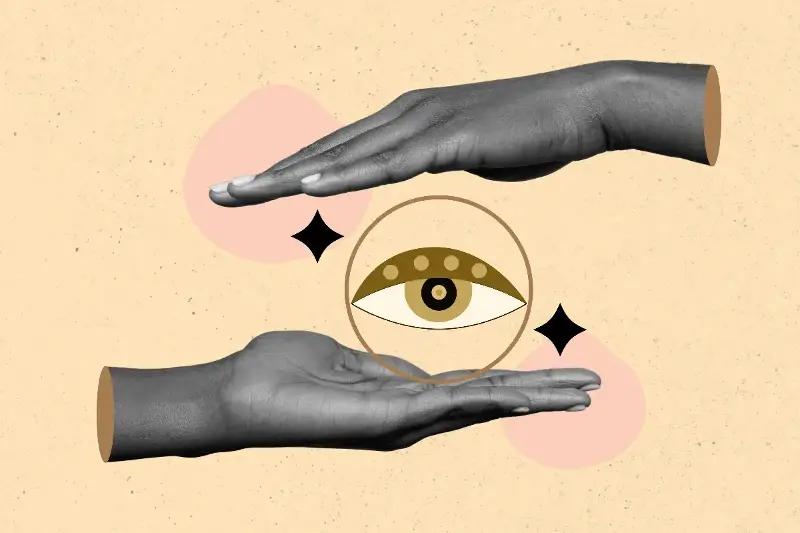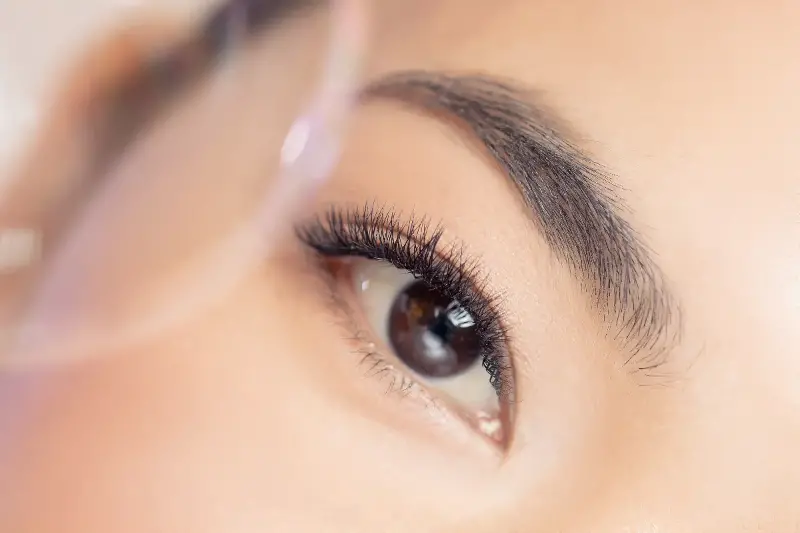When you lock eyes with someone, you’re not just seeing them—you’re gazing into one of nature’s most exquisite works of art. Human eyes are dazzling mosaics of colour and complexity, each a unique canvas sculpted by history, biology, and even myth. While brown, blue, and green take centre stage in everyday interaction, a fascinating world of rare eye colours lies hidden just beneath the surface.

The Intriguing Evolution of Human Eye Colours
The landscape of human eye colour has been evolving for tens of thousands of years. Our earliest ancestors all carried deep-brown eyes, a shade favoured by high concentrations of melanin—nature’s shield against the glare of the African sun. But as humans migrated to less sun-drenched climes, mutations in genes like OCA2 and HERC2 triggered a wave of new hues.
It’s believed that the phenomenon of blue eyes, which likely emerged around 6,000 to 10,000 years ago, stemmed from a single genetic mutation near the Black Sea. The mutation reduced melanin, letting blue shades shine through—a testament to how a small genetic quirk can ripple across humanity.
From the icy tones of Siberian blue to the lush greens of the Scottish Highlands, eye colours mirror our journey across continents and ancient climates.
Beyond Brown and Blue: The Rarity and Meaning of Uncommon Eye Colours
Step away from the familiar and behold the rarest of eye gems—shades so scarce they’re almost mythical. Amber eyes, for instance, are a golden-yellow marvel typically found in less than 5% of people worldwide. Their distinct colour comes from lipochrome, a pigment that gives the eyes their captivating, feline-like glow.
Grey eyes are another rare wonder, found mainly in people of Eastern European descent. Their muted, silvery tint is thought to result from an even smaller amount of melanin than blue eyes, scattering light in a unique way. Only about 1% of the world’s population boasts this enigmatic hue.
But the rarest of all could be violet. While controversial, some people with extremely low melanin and particular light refraction can appear to have eyes of a deep violet or lavender shade—a colour that borders on the magical.
Other rare phenomena include:
- Heterochromia: Each eye is a different colour or displays multi-toned irises. This can be inherited or acquired through injury or disease.
- Red or Pink Eyes: Not exclusive to albinism, eyes may appear red due to a complete lack of pigment, allowing underlying blood vessels to show.
Uncommon eye colours have inspired folklore for centuries, casting their bearers as wise, mystical, or even supernatural.

Science, Stories, and the Power of Perception
Genetic science is unravelling the precise cocktail of genes behind these rare hues, yet the meanings ascribed to unusual eye colours persist. Across cultures, green eyes evoke mystery and seduction, while blue eyes connote coldness or clarity. Amber eyes are often linked with courage or resourcefulness.
It’s fascinating to note:
- There is no blue or green pigment in human eyes; all colour comes from varying levels and patterns of melanin.
- Children’s eyes can change dramatically within their first year as melanin develops.
- Rare eyes are not only human—wolves, huskies, and other animals share strikingly similar shades.
Eyes also play tricks on us with ambient light and mood, sometimes appearing to shift colour entirely—a reminder of their living, breathing nature.
The Magic and Mystery We Carry in Our Gaze
If you possess a rare eye colour, you are part of an exclusive club, but even the most “common” eyes have their own intricate patterns, flecks, and gradients. The true magic is not just in the colour, but in the infinite designs nature paints in each person’s gaze.
To look into someone’s eyes is to read a vibrant history written in pigment and light, a living record of where our ancestors have been and what makes each of us beautifully, unrepeatably unique.
As you look in the mirror or into someone else’s eyes, consider—not just what you’re seeing, but what stories those colours may hold. And if eyes are truly the windows to the soul, how many secrets still shimmer, waiting to be discovered in their depths?
